With the release of The Elder Scrolls IV Oblivion Remastered, I found myself looking back to when The Elder Scrolls IV Oblivion launched back in 2006, it was the first game at the time to really showcase what the next generation meant visually. But it wasn’t just the visuals that made it so spectacular, it was the unparalleled sense of freedom given to you to play it your way, to “live a virtual life”. Alongside The Legend of Zelda: Ocarina of Time, it’s been the only other game to give me the feeling of “being there”, like I was actually part of the world.
I could buy a house, outfit it, and dump all my stuff around it. Or I could wander the roads untravelled, spelunked all the ruins and caves. Or I could spend all day just jumping around the hillside while casting fireballs like a buffoon. The sense of freedom was, and in many ways for me still is, unbeatable. So much so that I sunk 150 hours into the game with barely touching the main quest line. And that was before the expansions came out and expanded the content to an almost ludicrous degree.
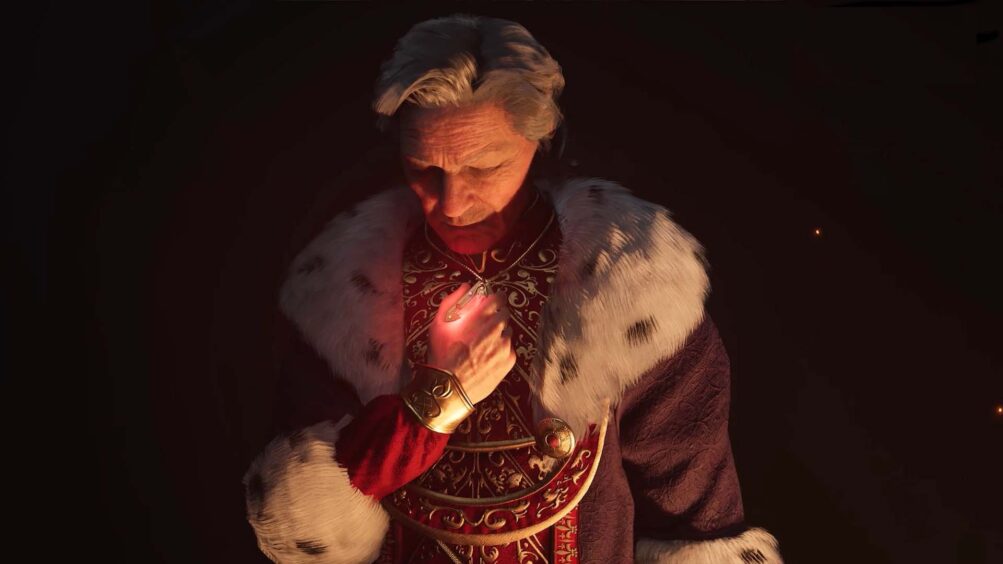
So when Bethesda somewhat stealth dropped The Elder Scrolls IV Oblivion Remastered, I was beyond the moon. My only concern was whether or not it would still hold up. Concerns which I can gladly say, were unfounded.
On the off-chance that you’ve only spent your time on the numerous Skyrim releases, Oblivion Remastered drops you smack-dab into the middle of a Daedric invasion. The Emperor is dead and Oblivion gates are opening up all over the place. And guess whose job it is to save Cyrodiil from certain destruction? That’s right. You. The only question is, are you going to do that right away or is the promise of loot, glory and freedom going to make you put it on the back burner?
In traditional Elder Scrolls fashion, you’re given total freedom on where to go and what to do once you’ve completed the tutorial dungeon. Before you lay the freedom of the land, the Imperial City at your back, an Ayleid Ruin at your front and the wild hills of Cyrodiil receding to the mountains in the distance.

While The Elder Scrolls III: Morrowind before it did the same thing, Oblivion took the entire Elder Scrolls experience to the next level with stunning visuals, a wonderful levelling system and more quests than you could shake a stick at. Some nineteen years later many of those quests, those dungeon dives and hills and valleys live rent-free in my head. I fondly remember finding the most amazing and colourful valley in the game, only to have a herd of grazing Minotaur attack me as I descended into it.
Just as I remember visiting Anvil, my favourite city in Oblivion Remastered, to buy my first house, which just happened to be haunted. Or the time I had to dive into a magical painting, replete with painterly visuals to retrieve a magic paintbrush. Oblivion is home to no small amount of these memories, the standalone and guild quests often overshadowing the main narrative. These moments, and more, I certainly couldn’t wait to experience again with a whole new lick of paint.
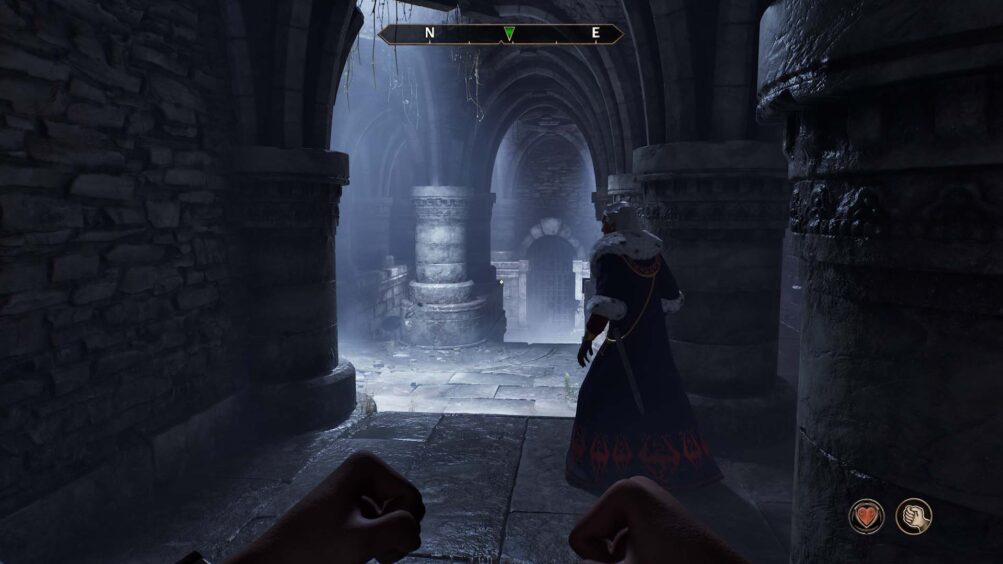
So how has the Oblivion Remastered been handled? Honestly, it’s nothing short of remarkable even though, like Ninja Gaiden II Black earlier this year, it muddies the water between what a remake and a remaster is. Because, as with that remaster, Oblivion goes the distance with a full visual remake of the game running on Unreal Engine 5 while, it seems to me, having the original games framework powering it all. Developers Bethesda Game Studios and Virtuos have even managed to bring all of the game’s expansions along for the ride.
Everything that makes Oblivion, Oblivion Remastered is here. From the stellar soundtrack to the voice files to the bugs, it’s all been carried across faithfully. It may not be how Oblivion actually looked, but it certainly taps into the nostalgia of how you remember it looking and playing.
The most obvious difference is that massive, graphical overhaul. All of the game’s visual assets have been remade as near as I can tell. No, they don’t look the same. They look better. Right from the opening cinema down to the prison cell you start into the first glimpse of the world proper as you emerge from the sewers. It’s not just higher poly counts, but complete redesigns in many cases. Many statues, for instance, have been altered, the geometry of the sewer entrance has been enhanced, and the docks and ships around Anvil look stunning. And the many creatures running around Cyrodiil, especially the Daedra, look gorgeously threatening.

Some elements have been redesigned to make the game fit in more in the current gaming era. Most notable is the new UE-powered lighting system which looks great in the over-world and even better in dungeons themselves. A lot of the bloom that characterised the 2006 original has been stripped back, and for the better, I must admit. One major change that initially had me wary as I booted up the game after seeing the released screenshots, was the new foliage colouring. 2006Oblivion Remastered made stunning use of colour for its flora, making it quite possibly the most vibrantly verdant entry in the series.
I must admit, that this use of colour for the grass, flowers and trees is what had me running over the hills and far away to see what lay between grandmother’s house. For this remaster, the foliage colouring has been brought to a more realistic and toned-down take. And I must admit, it works. Do I miss the longer grass, the more popping colours? Sure, but it hasn’t stopped me from finding the game beautiful or leaving my horse in the stables so I could run across the world on foot, desperately hoping to find that magical Minotaur grove again.
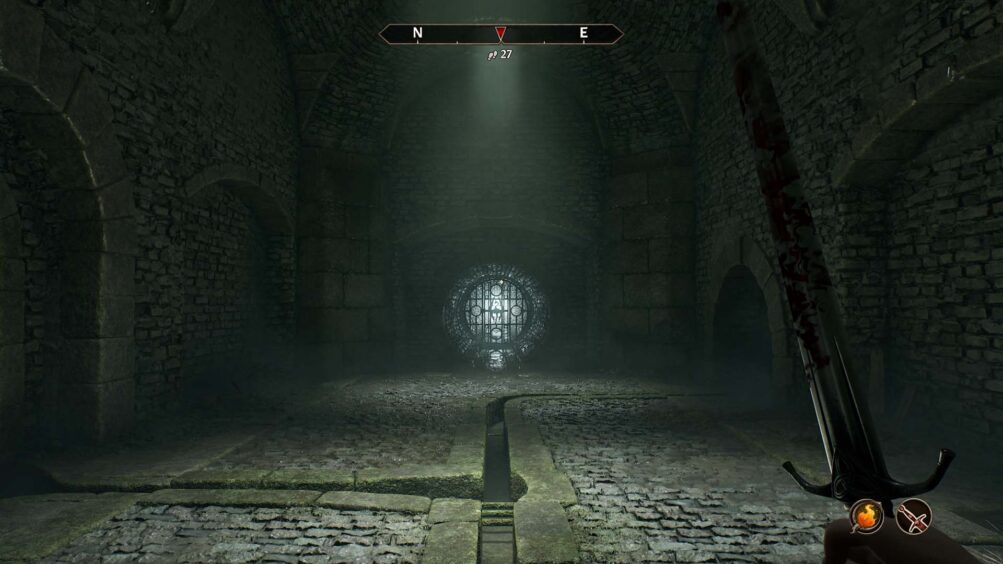
The character creator is more in-depth now than I remember it to be, giving you a full set of sliders for just about every part of the face so that you can create some stunning abominations with. It brings me to a pet peeve with Oblivion Remastered NPC faces though. While they’re highly detailed, there’s certainly a pretty large segment of the population that looks like they’ve had face-lifts with staples running around Cyrodiil.
The new UI is also more appealing, moving the health and magic bars to the bottom of the screen. A stamina bar has been added as well and while it’s a mechanic we should all be familiar with for the last decade and a half, I can’t say I like it much.
Oblivion Remastered and Skyrims levelling systems are amongst my favourites in the RPG genre as they place an emphasis on actually using your skills to level up those abilities and traits. It really adds to the immersion that if you want to wield more powerful weapons or hit harder, then swinging that claymore around is going to increase your level in that weapon category, for instance. In the original Oblivion, you chose a core set of traits that needed to be levelled, with each level gained adding to your XP bar for the overall character level.
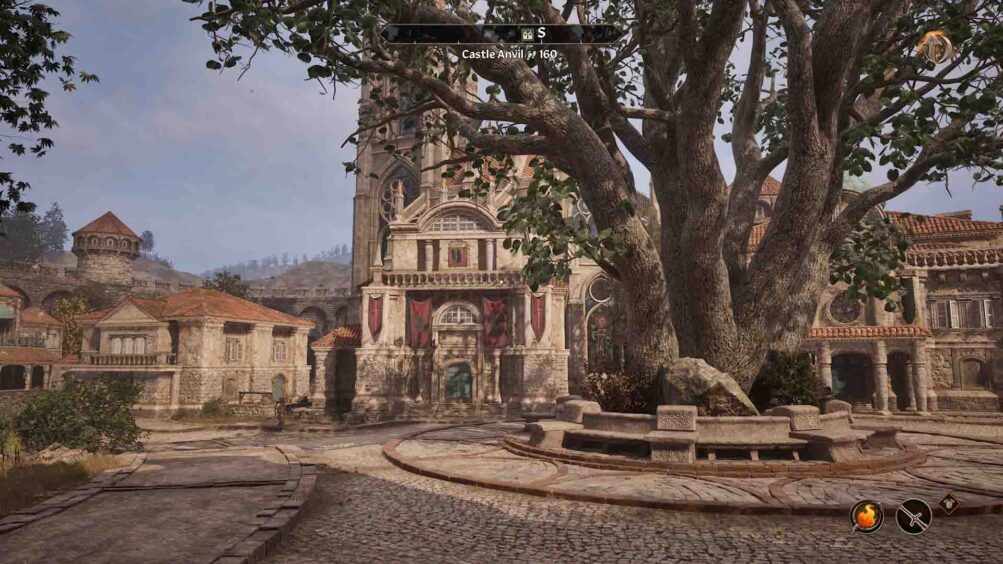
The downside was that it was only those traits that could level you up. In Oblivion Remastered all of your skills and traits that you level up now fill up that XP bar which makes for a smoother and faster levelling process than the original game, which eventually led to serious grinding. Even if that grinding was just jumping continuously or throwing fireballs until your mana ran out.
Some bugs and performance issues remain though. What would a Bethesda game be without them after all? None that I’ve experienced are game-breaking though. Some NPC’s not following paths, at least one running to me in a T-Pose and the occasional traversal stutter when Oblivion Remastered auto-saves or you hit new cells in the world. It’s pretty much par for the course with the only annoying visual bug been the one when textures load in.
One issue I do have is with Oblivion Remastered invisible walls when you hit Cyrodiil’s borders. And hit the walls by proxy. If you’re looking at an ocean vista, it’s not noticeable, but in areas like Blackwood and Leyawiin where the boundary between Cyrodiil and the rest of Tamriel is in the middle of a forest, it’s immersion breaking when you smack dead into it, your straight line hike now suddenly having to go diagonal and that enticing pond before you unreachable. I would have like a more natural way of blocking you off from the rest of Tamriel.
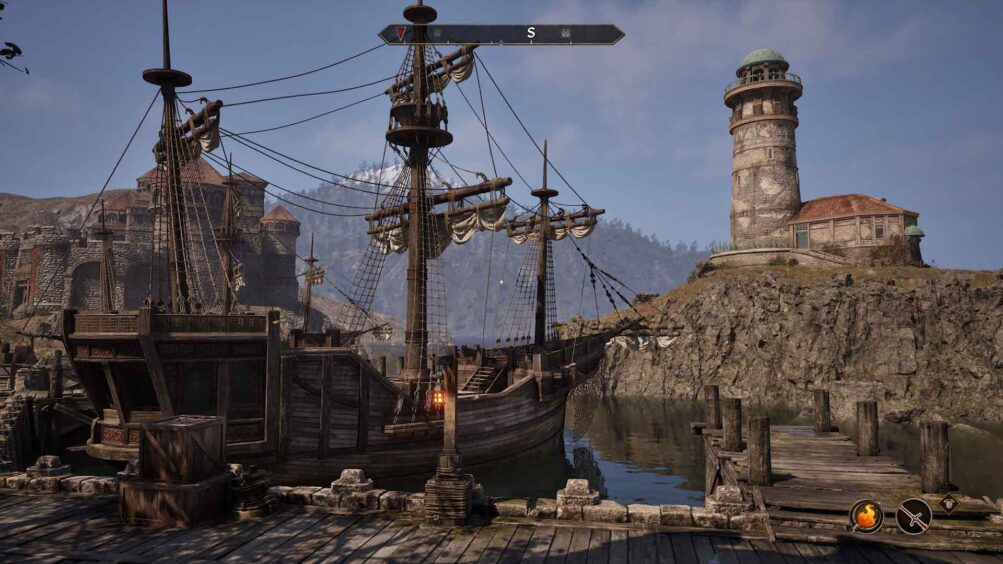
From a performance point of view, outside of those stutters, I think the game runs fantastically. There’s a Quality and Performance mode with the Performance mode aiming for 60fps while Quality goes for 30fps, if I’m not mistaken. The visual difference between the two modes seemed pretty negligible to me if I’m been honest. If you’re looking for better performance, you can turn off Screen Space Reflections but I’m partial to having them on myself and they didn’t seem to impact performance as far as I could tell.
For the most part, this is exactly what I want from a Remake or Remaster: the same game just with better visuals and performance. And in this degree The Elder Scrolls IV Oblivion Remastered has more than delivered. The game looks beautiful, runs wonderfully with short loading times and is just as addictively immersive as I remember, so much so that I can already see myself sinking another 150 hours into this world while, hopefully, waiting for a Morrowind remaster. Welcome back Oblivion, how I missed thee!
The Elder Scrolls IV Oblivion Remastered Trailer
Read more awesome reviews >>here<<.
The code was provided by the distributor.







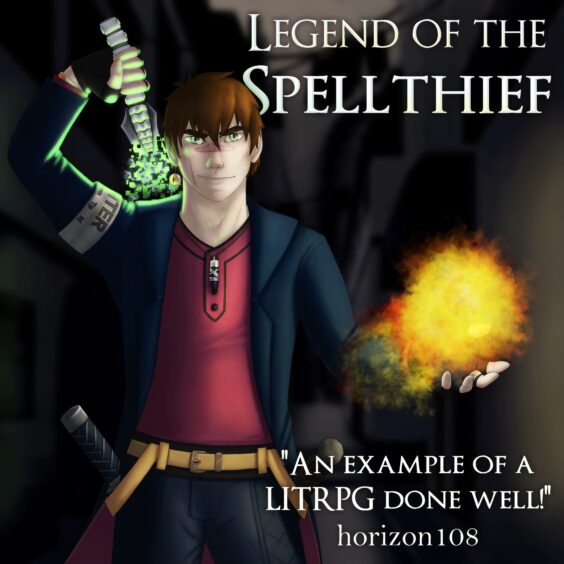
You must be logged in to post a comment.